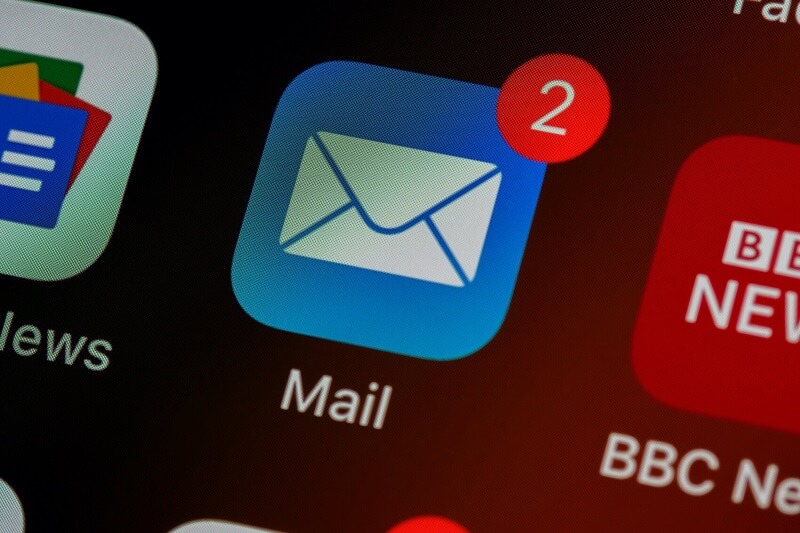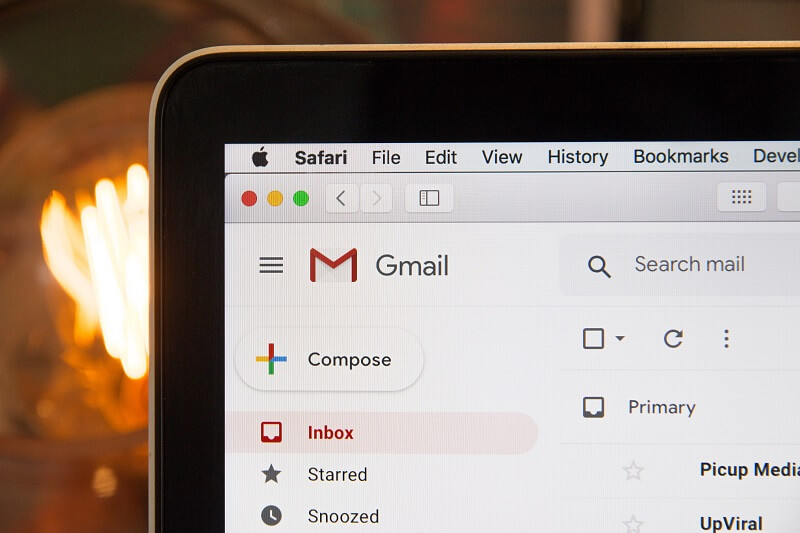Hey guys, in this article, we will discuss signs of phishing and ways to avoid it. So keep reading.
Phishing is an actual cybercrime that has been getting worse and worse during the past two years due to the worldwide pandemic.
As more people go online to either work, study, shop, or just pass their time browsing the internet, the number of phishing accidents is rising as well. The statistics are changing, and the numbers are growing rapidly because hackers know that more people online means more leaked information.
Nowadays, phishing doesn’t only happen via email, and it’s hard to differentiate what phishing is and what is not. Therefore, in today’s article, we will share some tips on how to recognize phishing and some advice on how to avoid it.
Sign #1: Suspicious Error Codes
Overall, you should not encounter too many email problems if you are smart about using it. However, there are instances when users encounter various errors. For example, on MS Outlook, you might see the [pii_email_bbc3ff95d349b30c2503] error.
Is [pii_email_bbc3ff95d349b30c2503] actually phishing? It is not, but the error message indicates that there is something wrong with your email inbox, and you need to react to it by fixing the error.
Neglecting to solve the problem leaves the email inbox prone to more cybersecurity threats, which includes phishing.
Sign #2: Call To Action To Create A Sense Of Urgency
The first sign of phishing that you might encounter is a very strong call to action. If the email sender is trying to push you or create an urge to take action faster, there is a high chance that it is phishing.
In fact, creating such a sense of urgency is one of the most usual and classical tactics that hackers use for phishing. A good example of such phishing is when you receive an email with a very good deal, and it tells you that the offer is for a limited time and you need to act on it fast.
It is easy to understand that these kinds of emails and offers are not legit, and it is best to just ignore them or delta them. However, sometimes this sense of urgency tactic might come as a threat, telling you someone will suspend your account on a specific website if you do not provide personal information in a short period of time.
In these kinds of situations, remember that legit companies will never ask you for personal information via email, or they will give you a reasonable amount of time to provide the necessary information.
Sign #3: It Seems Too Good To Be True

If the email that you have received is a fraudulent email, often it will seem too good to be true. For example, if you receive an offer or a deal so good you cannot believe it, then it is probably a phishing email.
Therefore, once you receive an email out of the blue which says that you have won 1 million dollars in a lottery that you didn’t even participate in, it is best to delete the email and move on.
Also, another popular form of “too good to be true” email is the one that tells you that you have won an iPhone and you need to pay a small amount of money to receive it. Again, in a lottery, you did not even participate. It is best to delete such an email without even reading it till the end.
Sign #4: The Email Has Links Inside Of It
When you receive emails from an unknown person, and it has hyperlinks inside of it, you have to be cautious. First of all, if the email has previously mentioned elements such as being too good to be true or creating a strong sense of urgency, just delete it.
Secondly, you have to understand that the link you see in the email can be a completely different email and the opposite of what you see. Someone could have easily written the links as text and placed a different link on them.
Luckily, you can always check that. To see the actual link that is hiding behind the link that you see, just hover over it with your cursor. If the actual URL looks suspicious or has the name of a very popular website but just with a typo, just delete the email.
Sign #5: You Do Not Know Who The Sender Is

As mentioned before, the sender of a certain email is one of the first things that you should take into consideration before even opening an email.
Nowadays, when most of us use email through our mobile phones, you can see much more of the email that you have received than just the sender and the subject line, so you can fairly judge if it is phishing or not.
Sign #6: It Has Attachments
If you receive an email, and on top of the fact that you do not know the sender, it has some other suspicious elements, such as attachments, it is better not to open it. If you have already opened the email, at least do not open or download the attachment.
These kinds of attachments may not only be created to leak your personal information, but they also often contain viruses and malware that can be seriously harmful to your personal or work computer.
So that’s all from this blog. I hope you liked this article on signs of phishing and ways to avoid it. Thanks for reading!
The post Signs Of Phishing And Ways To Avoid It appeared first on Free Web Resources , psd, mockups, & web templates.


0 Commentaires